
Tumblr was recently rocked by a thread about witches that started with a simple photo from 1945.
The photo was of a group of four smiling women posing by a "witch jail" in Salem, Massachusetts — the site of the infamous Salem witch trials. A sign in front of the historic spot reads: "This house contains the frame and timbers of the jail where those accused of witchcraft were imprisoned in 1692."
In classic Tumblr fashion, some history buffs found the post and responded with a relatively little-known theory based on some incredible and disturbing information about the past. Apparently, people might have thought that witches existed because they were all unknowingly eating bread contaminated with the fungus from which the hallucinogenic drug LSD, also known as acid, is derived.
That's right. People thought they were possessed or bewitched because, in reality, they were tripping balls. In fact, the widespread contamination of bread by this fungus could be responsible for a lot of the crazier aspects of human history.
Scroll through to learn more about this theory!
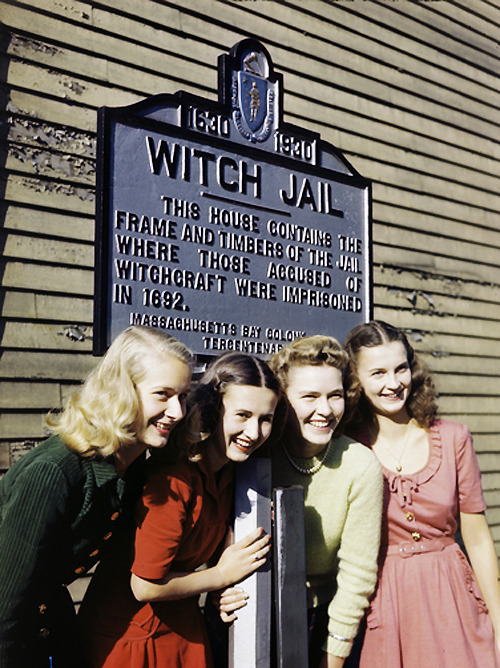
This theory was introduced to the Tumblr community after one user named "theybuildbuildings" responded to the 1945 photo by sharing a bit of knowledge.
"I recently learned that the water in Salem was contaminated with the fungus from which LSD is derived and a legitimate theory for the whole thing is that everyone in the town was tripping balls," the user wrote.
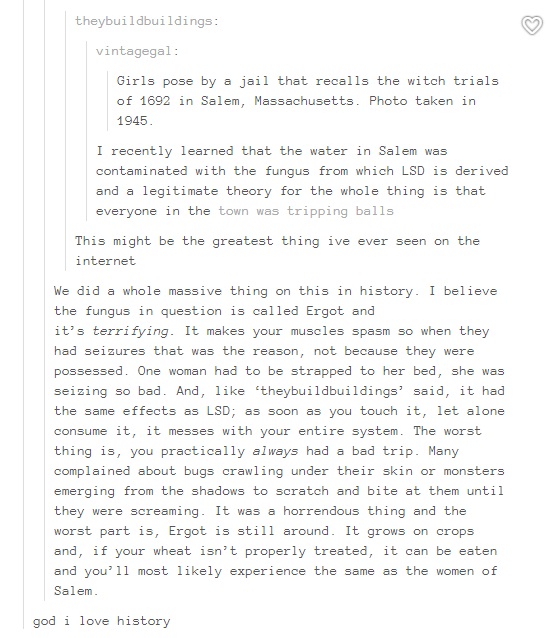
This culminated in another person chiming in to explain that it was actually the bread (not the water) that was contaminated.
The fungus in question, ergot, grows on rye, which can then be ground up into flour and made into some really funky bread.

"The effects on the people of Salem were probably from consuming bread with the fungus in it, not from contaminated water," wrote Tumblr user obytheby. "Rye is way more commonly affected than wheat. In fact, the members of the clergy were able to afford nicer bread made from wheat and thus didn’t suffer from the poisoning as often."
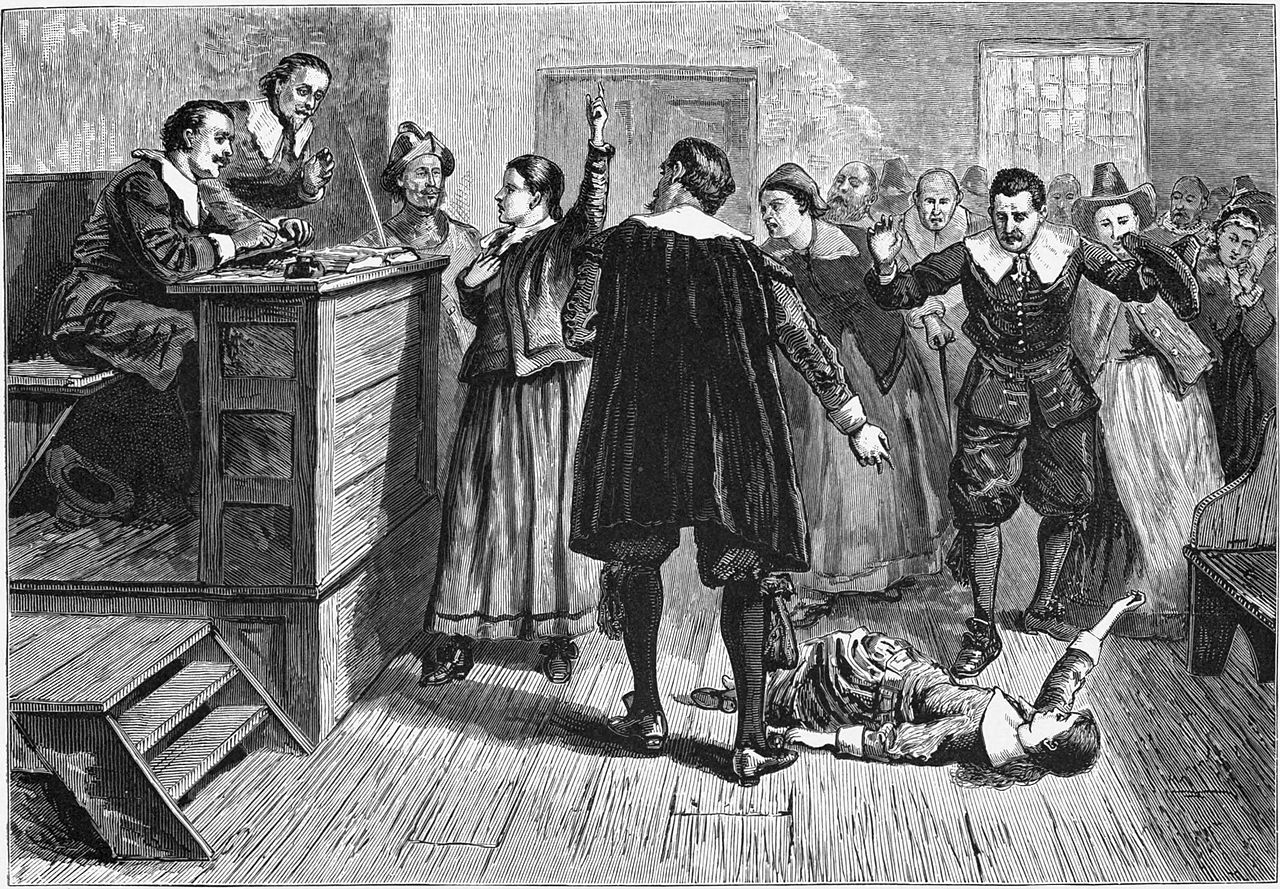
Consuming this rye bread for weeks will eventually produce some seriously alarming side effects. According to PBS, these can include hallucinations, convulsions, and a crawling sensation on the skin. In others, it can cause gangrene.
Funky Fungus

The history of ergot poisoning goes back to the Middle Ages, as do the witch trials.
After wet summers, when fungus loves to grow, people would sometimes begin acting very strangely, while others started mysteriously losing limbs.
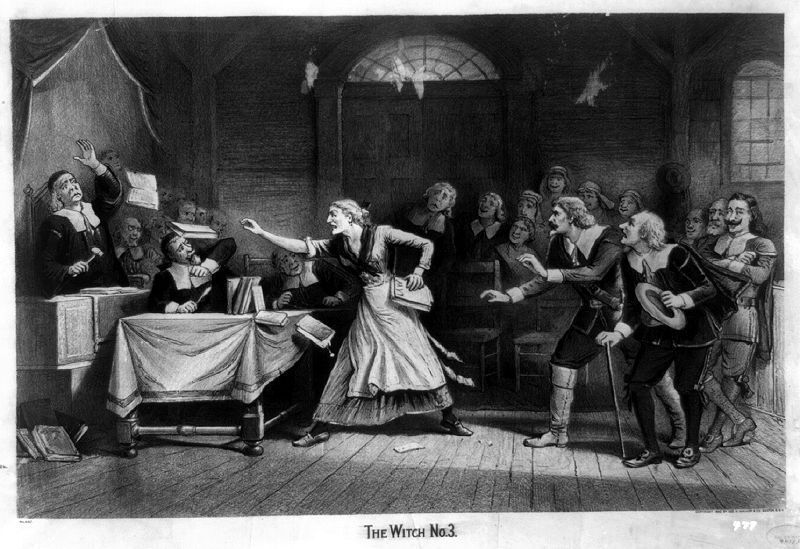
There was no way people at the time could have figured out that a fungus was messing with their heads and bodies.
The only logical explanation, of course, was that witches were cursing and possessing entire communities. Witches be like that.

"In Europe, often there was a strong correlation between wet summers (which provide ideal conditions for ergot) and reports of witchcraft/possession," the Tumblr user continued. "And in Norway and Scotland, records of witch persecution are only found in areas where rye was grown and used to make bread."
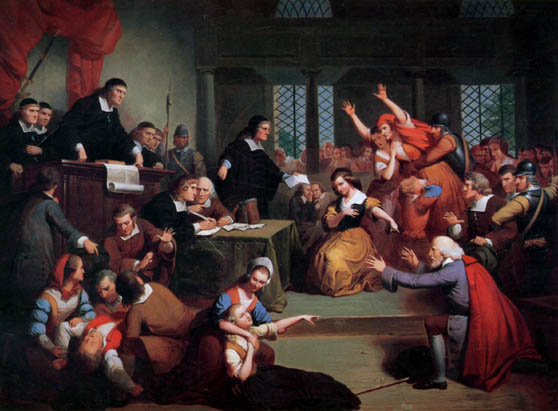
People affected by ergot would sometimes seek refuge in the church, thinking it might cure them of their bewitchment. Because the clergy had better bread made from ergot-resistant wheat, the poisoning stopped and they appeared to get better.
This contributed to the idea that witches and/or demons were involved, since such creatures were thought to be repelled by religion.
The Salem Witch Trials

According to PBS, ergot poisoning could have absolutely led to the notorious Salem witch trials of 1692:
“When [behavioral psychologist Linnda Caporael] examined the diaries of Salem residents, she found that those exact conditions had been present in 1691. Nearly all of the accusers lived in the western section of Salem village, a region of swampy meadows that would have been prime breeding ground for the fungus.”
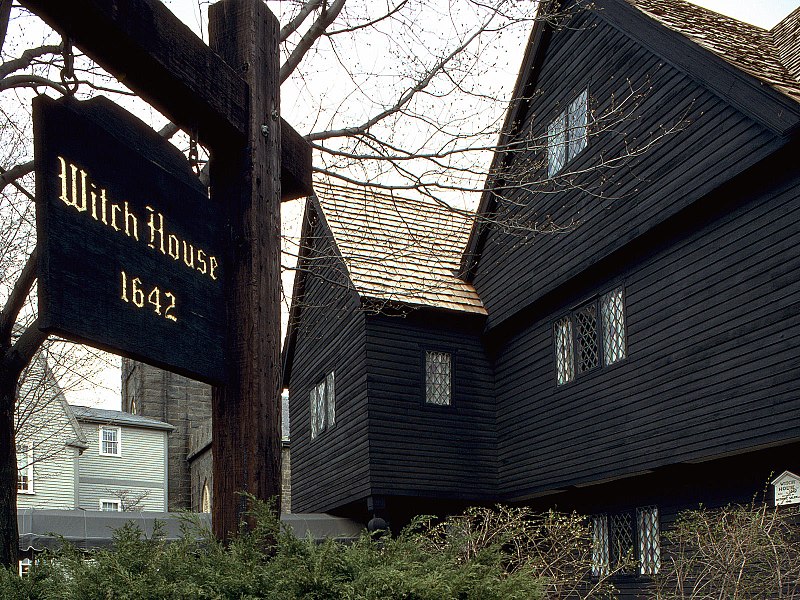
The next summer, however, was dry, so the next crop of rye bread was not contaminated. This put an end to the strange symptoms — after a number of so-called "witches" had already been executed.
People therefore assumed that the witch trials had been successful and had eradicated the threat.
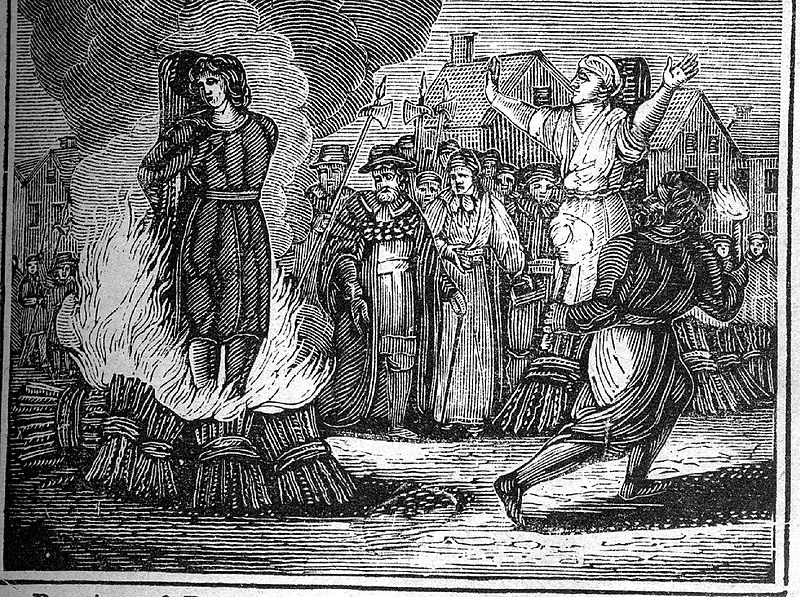
Ergot poisoning can also affect livestock. Cattle that were fed leftover rye grain would often begin acting strangely, stop giving milk, or simply die. This led to the idea that witches were also cursing people's farms to starve them.
Barley Wolf

Here's another fun fact: Ergot might have also been responsible for Viking battle trances and could have even played a large part in the tale of Beowulf!
"And I just learned right now that one author dude translated the word 'Beowulf' as 'barley-wolf' which could indicate a connection to ergot," wrote obytheby. "The LSD-like effects could be a valid explanation for stories of Old Norse warriors going into the a sort of trance-like battle rage."
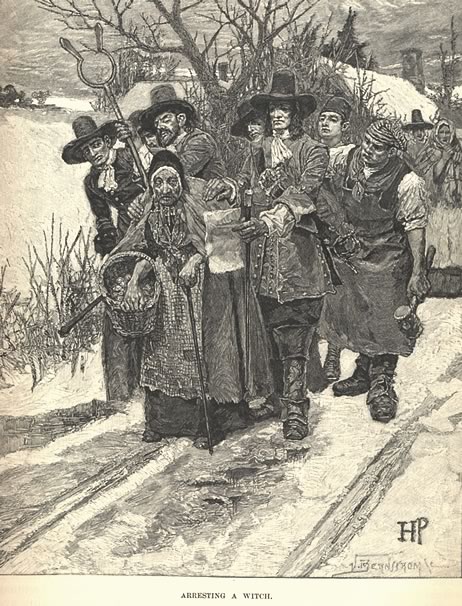
Interestingly, ergot poisoning affects both men and women in the same manner. Yet it was mainly women who were accused of being witches and cursing villages.
Whether or not ergot played a part, there was definitely a large element of sexism at play in the witch trials of yore.

We might never know for sure what led to witch trials like the one in Salem.
What we do know is that ergot is still around — so make sure your rye bread is coming from a good source!




